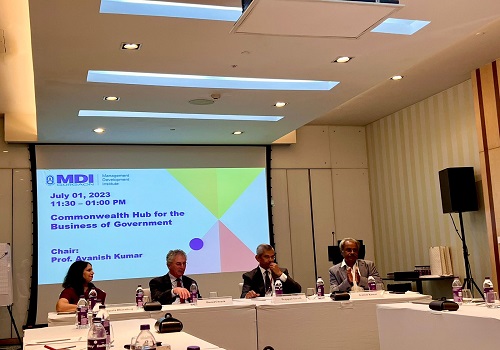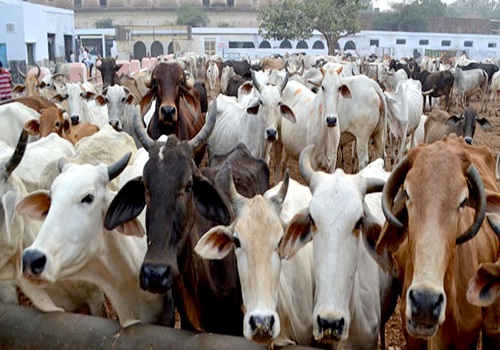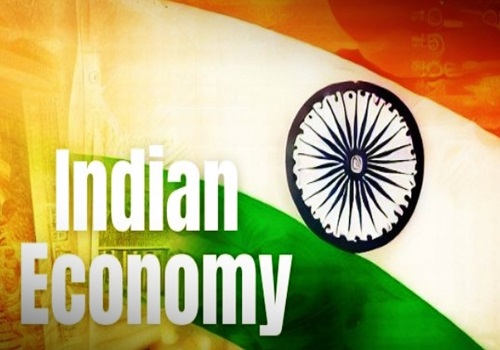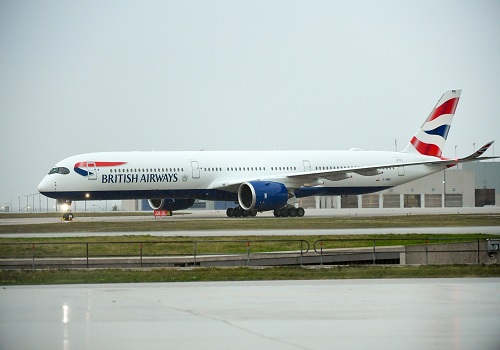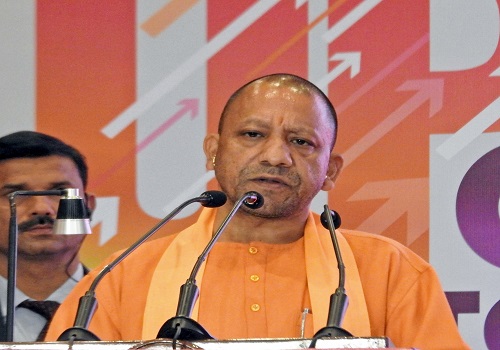Pandemic claimed 23 lakh restaurant jobs, but tripled delivery business: NRAI

Follow us Now on Telegram ! Get daily 10 - 12 important updates on Business, Finance and Investment. Join our Telegram Channel
It is common knowledge that the restaurant sector was severely impacted by the first and second lockdowns triggered by the Covid-19 pandemic, but now the National Restaurant Association of India (NRAI), the trade body that represents the industry, has put numbers to the story.
It has also underlined the biggest positive to emerge out of the pandemic – the food delivery business has been moving northward, and how! The restaurant industry has also recovered a significant percentage of its pre-Covid business, but its combined revenues are still significantly below the record pre-Covid levels.
A comprehensive NRAI report released here on Monday evening states that 32 per cent of the staff employed by the organised sector of the industry – that is, 23 lakh restaurant workers out of the total workforce of 75 lakh – have lost their jobs. The report does not of course cover the job losses suffered by street food vendors and dhaba workers.
This loss of employment was mainly because of restaurants closing down permanently – one out of four restaurants in the country shut shop between the two pandemics. What the report does not record, however, is the number of people who were temporarily unemployed for months or were paid only a fraction of their wages and salaries.
The organised sector contracted severely during FY2021 (April 1, 2020, to March 31, 2021), its estimated total turnover shrinking from the projected Rs 4.95 lakh crore to a little above Rs 2 lakh crore.
It has recovered considerable ground during FY2022 (April 1, 2021, to March 31, 2022), but its earnings are still less than the projections made for the financial year in 2019 (when the industry was rocking). The sector is expected to notch up a combined revenue of Rs 4.72 lakh crore in FY2022, but it will be still less than the projected Rs 5.46 lakh crore.
Restaurant revenues, on average, according to Nitin Saluja, founder of Chaayos and a member of the NRAI managing committee, are still at 72 per cent of their pre-Covid levels. As a result of the severe drop in business during the pandemic, the sector's GST contribution also slipped from Rs 17,916 crore in FY2020 to Rs 8,482 crore in FY2021.
On the brighter side, "the new normal of ordering-in" has seen the revenue share of the food delivery business, facilitated by online platforms such as Zomato and Swiggy, go up from 10 per cent (pre-Covid) to 33 per cent (post-second lockdown), although the average value per dine-in order continues to be below the pre-Covid level. It was Rs 398 in FY2021, compared with Rs 436 in FY2018. Along with the two lockdowns, the culture of dining in has well and truly taken off.
The share of restaurants in the emerging in food service market may have consequently dropped to 67 per cent, but owners are not complaining, for they are reaching out to new customers via the delivery route.
Although the severest lockdown restrictions have been lifted, with Maharashtra being the last state to do so, post the second lockdown, restaurants still operate for an average of 10 hours a days, compared with 13 hours before the pandemic struck. Pubs, bars and lounges have also been badly hit because of social distancing rules. These multiple factors have impacted the sector's overall revenues.
The good news, as Riyaaz Amlani, founder of Impresario Restaurants and a former NRAI president, pointed out, is that diners are returning to restaurants as they get double vaccinated – and so do restaurant employees – and overcome the fear, which was evident immediately after the second wave of the pandemic, of having meals in closed environments.
The return of diners may be the reason why the report is bullish about the years ahead, predicting that the organised sector will achieve a compounded annual growth rate (CAGR) of 8 per cent to crank up a total turnover of Rs 6.21 lakh crore in FY2025.
The other good news for the organised sector is that for the first time in the history of the industry, the share of the unorganised market has dropped below 50 per cent – it is pegged at 46.3 per cent, compared with the organised sector's 53.7 per cent, of which the standalone restaurants account for 35.3 per cent, chain restaurants, 16 per cent, and restaurants in hotels, a minuscule 2.4 per cent.


















